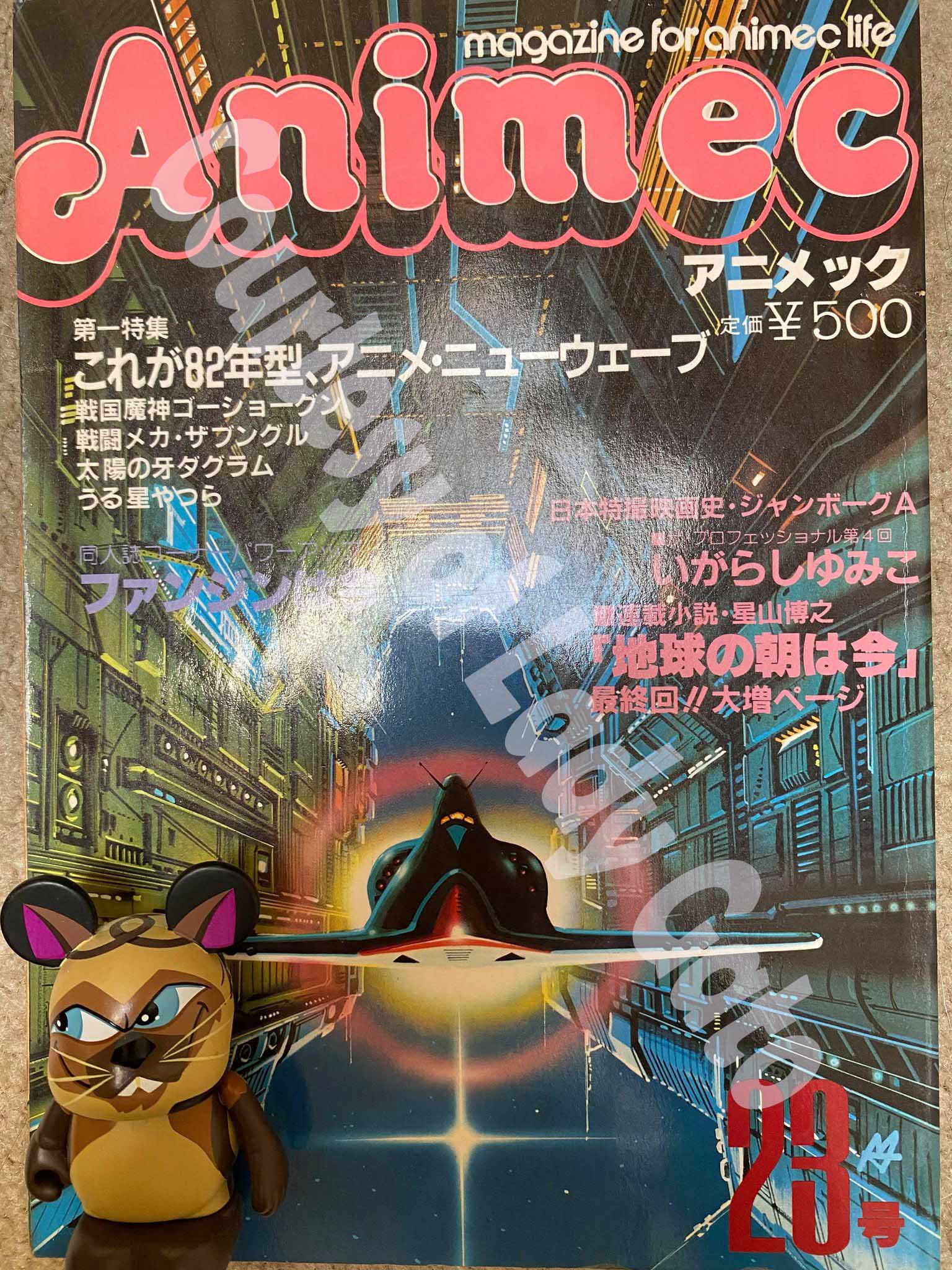Anohito in CCFS
Myth # 9: Animec Article "Proves" Candy-Albert Ending

What Igarashi Really Said about Candy and Albert
Below is a special guest article by Lady Gato, in which she gives a super take-down and analysis to debunk the myth that an interview article with Yumiko Igarashi in the Japanese magazine Animec in 1982 had given proof that Candy and Albert ended up together. The translation of this article is on our website if you want to read it for yourself.
Thank you to LadyGato. To visit LadyGato’s page on Facebook, go to Lady Gato at Candy Candy Nation.

Discovering Igarashi
1 👉 Igarashi had a marriage wish versus being an independent professional - life took her down a different path.
“If I’m being completely honest, even when I moved to Tokyo to become a manga artist, I didn’t think that it would be my occupation for the rest of my life. I thought that I would eventually marry an established manga artist and support his work. That was my dream. And so there was no reason for me to continue being a manga artist.”
2 👉 Candy was “older” than the typical Nakayoshi heroine. World War I was not part of the original story. Igarashi in her interview says, and we quote:
“For instance, the first World War was something that was added after we had advanced in the story. In the end, if you put a date on something, it will show the ages of the characters. And so in ‘Candy,’ the dates of birth were exposed part way in. But it is something that the readers really wanted to know. And so once World War 1 is finished, Candy is 20. And then you wonder, what story about a 20-year-old would fit ‘Nakayoshi’ magazine?(laughs).”
— Yumiko Igarashi, Animec Magazine Interview, Page 98, 1982
3 👉 The Anime is really separate from the manga! Again Igarashi says and we quote:
“I don’t think that readers or anime fans necessarily tied the two together. They are different… They enjoy anime for what it is, and manga for what it is.”
— Yumiko Igarashi, Animec Magazine Interview, Page 99, 1982
4 👉 Igarashi’s influence on the graphic representation of characters is confirmed.
“Me. Why? Because I loved Candice Bergen.”
Interviewer’s question: “Are there any tidbits about ‘Candy’ that you can share with us?”
Igarashi:“You know how in the last chapter, there is a two-page spread drawn in the pointillist style? This scene was decided on from the moment we started. I would finish the series with this. It would all be a lie if I didn’t. But it ended up taking me three days to make all those dots. Still, it really does feel like a final chapter now, doesn’t it?”
5 👉 And who is Igarashi’s favorite male character from Candy Candy?
Igarashi replies and we cite:
“Well, it’s Albert. Of course, it is Albert! (laughs).”
— Yumiko Igarashi, Animec Magazine Interview, Page 99, 1982
6 👉 Igarashi/Nagita - A relationship that ended in “divorce”:
“It would be nice to make something like that…’ We were of the same mind and shared our opinions like that.”
Interviewer: “Ahh. A marriage interview?”
Igarashi: “Yes. If there isn’t something that fits when it comes to our sensibilities, then it just won’t work out at all.”
Interviewer: “So it’s like you iron out every single detail together.”
Igarashi: “Yes, we had to do that often. If I change something for the manga, I would have to talk to her about it so we knew how to continue from there. Because it’s not possible to keep everything the same when turning words into pictures. So we were constantly in contact.”

*All guest comments and replies will be posted upon Admin approval.

